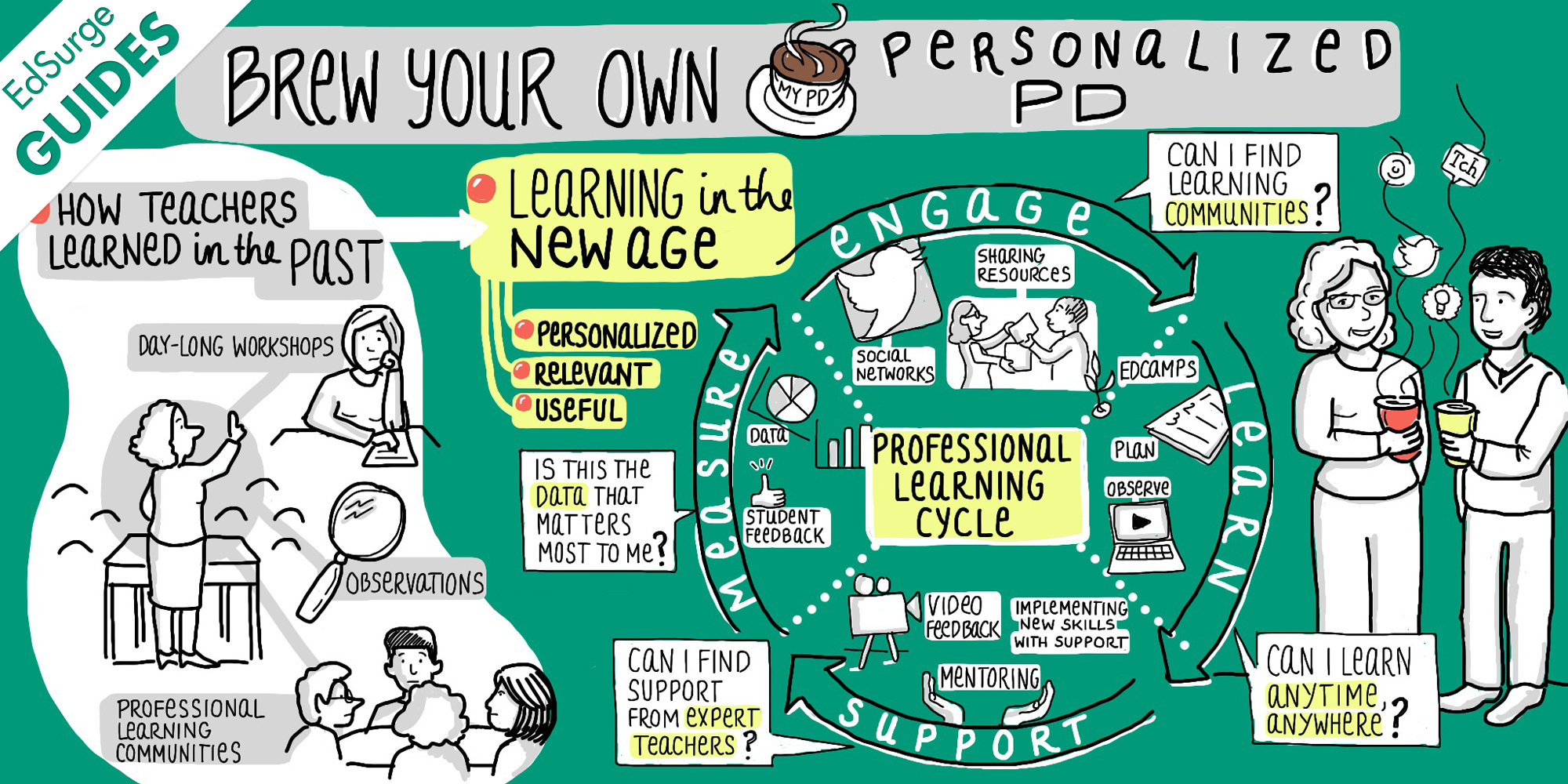In this assignment, I developed a brief presentation to share information about training for teachers to learn to use a blended learning model for instruction and assessment. The training is designed for delivery in a blended or virtual setting.
Materials on This Page
- Training Overview Created in PowToon
- Document Providing Additional Info Created in gDocs
- Training Facilitator Guide with Standard Alignment Created in gDocs
- Standards Alignment: ISTE Graphic Created in Thinglink
Note: The Google Docs embedded below are published to the web then embedded in the webpage. I am playing with the functionality of embedded docs to streamline the updating of information and learned a couple of things about the functionality:
- We know that tables in gDocs have limited functionality, including the inability to create header rows. When docs are published to the web and embedded, we see a continuous table that does not break across pages and thus appears with one header row for the whole table.
- Bulleted lists' formatting such as indenting the 2nd line does not function properly in the embedded doc.
PowToon Training Overview
More Info About the Training
Facilitator Guide with Standard Alignment
Teachers will create a competency-aligned portfolio
as they work through training activities.
Hover over the circles to learn more about each competency.
Professional Learning: Module Reflection
There are several considerations for professional development designers and facilitators to guide all phases of design, delivery, and follow-up. The six principles of adult learning from the research of Malcolm Knowles communicates points similar to the goals of 21st Century Learning goals and practice standards for math, English/language arts, and science pedagogy for K-12 students. The characteristics of adult learners and corresponding teaching strategies from RIT overlap with goals for K-12 students as well and we should be seeing elements of each teaching strategy aimed at adults being applied to younger learners.
Heutagogy, a term coined by Stewart Hase and Chris Kenyon of Southern Cross University in Australia, proposes that learning should be driven by the learner, not a curriculum or teacher. The phenomenon of MOOCS that offer university courses and a plethora of online learning platforms for every topic imaginable, it is no wonder that Heutagogy is gaining traction in the e-learning space. There are models that view instruction of learners as moving from pedagogy to andragogy then to heutagogy.

The differences between adult and adolescent learners emerge in the level of sophistication in deliverables, their depth of life experiences, and ability to self-regulate. Transformational Learning Theory is based on learners with more life experience that young learners and assumes a higher level of cognitive processing and the ability to shift attitudes and beliefs when experiencing cognitive dissonance.
